Language is a medium through which we describe our perception of the world and through it we build and maintain relationships. In that sense, then, words and in extension language becomes a tool to exercise power implying the mass media has immense power in influencing and shaping the society. As a policy enthusiast with an interest in designing development interventions, I have been following how the mass media has been framing issues in the agri-food sector and in this article, I provide insights on how non-involvement of the youth in agriculture has been reported and the implications.
Agriculture contributes almost 30% of the Kenya’s Gross Domestic Product (GDP) directly and another 25% indirectly through linkages to other sectors. The sector employs over 40% if the population and accounts for 65% of the country’s export earnings. However, only 10% of the country’s youthful population is engaged in sector with the average age of a Kenyan farmer being 55 years. For country struggling with a high youth unemployment rate, it has been argued that agriculture, could create the much-needed employment opportunities. In response, the government in partnership with development partners has come up with various policy interventions anchored on the Kenya Agribusiness Youth Strategy. But let us look at how some of these interventions are reported by the media.
Agriculture ministry focuses on luring youth into farming.
Cabinet Secretary raises alarm over ‘old and dying’ farmers.
Online hub lures ‘digital’ youth back to farms.
Government making agriculture ‘cool’ for the youth.
State uses 22billion to lure youth into farming.
Youth rejection of agriculture hindering Kenya’s productivity.
2bn credit plan to lure youth to agribusiness.
Leaders advised to make agriculture ‘sexy’ to woo youth.
These kinds of stories are not confined to Kenya or local media as evidenced by a 2019 article in a popular American newspaper that carried the following headline about Ghana.
Millennials ‘Make Farming Sexy’ in Africa, Where Tilling the Soil Once Meant Shame.
While these stories could be well intended, they somehow convey stereotypes that for young people to engage in agriculture, they must be baited or that the economic activity is for the older generation. Such framing by the media obscures the real challenge of an agricultural sector that is characterised by low productivity and uncertainties arising from the markets or the weather which take us further from solutions. Further, such reporting draws young people with high expectations to agriculture only to opt out soon as reality sinks in. Caleb Karuga, a farmer, and youth influencer in agriculture says it is time state and non-state actors ‘repackage’ how they sell agriculture to the youth. He says it can be ‘cool and sexy’, but there is need to tell the whole story including the work to be done and risks involved. Similarly, Anne Munene, a farmer, and a commentator on pasture production in Arid and Semi-Arid lands, commends the media for filling the gap left by extension services in providing agricultural information including market linkages but cautions on the danger of sensational agriculture news which ‘border on misinformation.’
While the agri-food value chain has the potential to lift millions of Kenyans out of poverty by enhancing food and nutritional security while creating employment opportunities for young people, there is a need to package this information in a balanced way. Perhaps, we should challenge the government to address hindrances to youth engagement in agribusiness such as access to land, water, credit, information, and market linkages to make the sector profitable and in the pursuit of money, the youth themselves will tell us how ‘cool’ agriculture is.
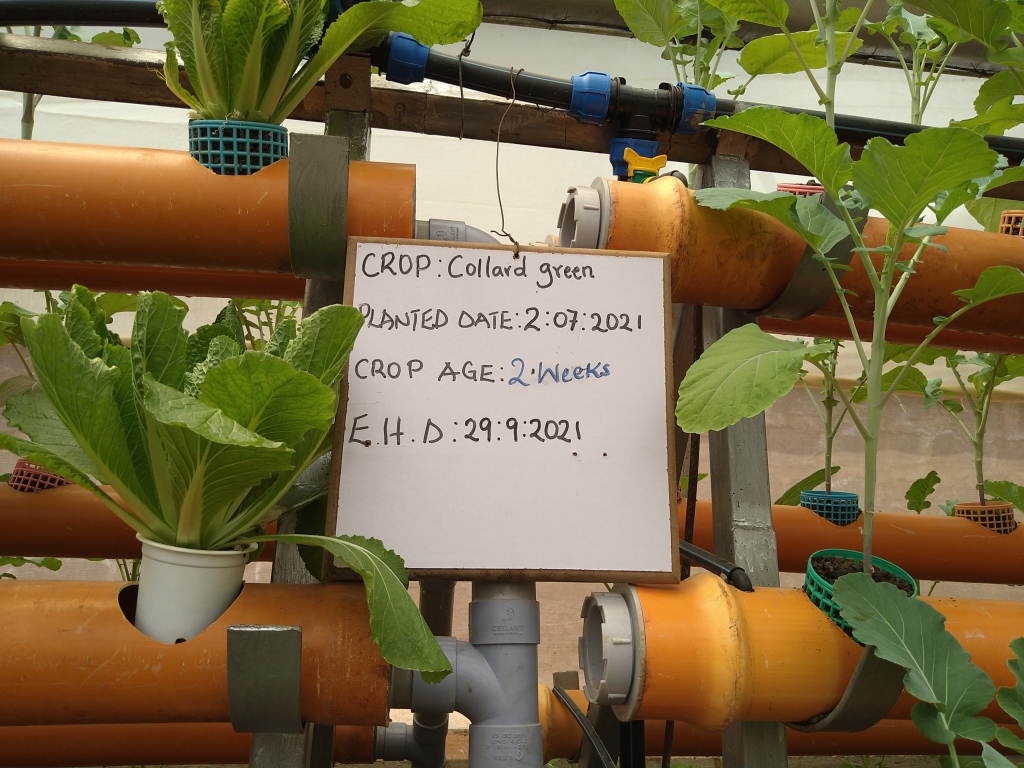
This article was published by the Star Newspaper on 23rd August 2021 as https://www.the-star.co.ke/opinion/columnists/2021-08-23-wairimu-farming-cool-sexy-but-also-hard-work/
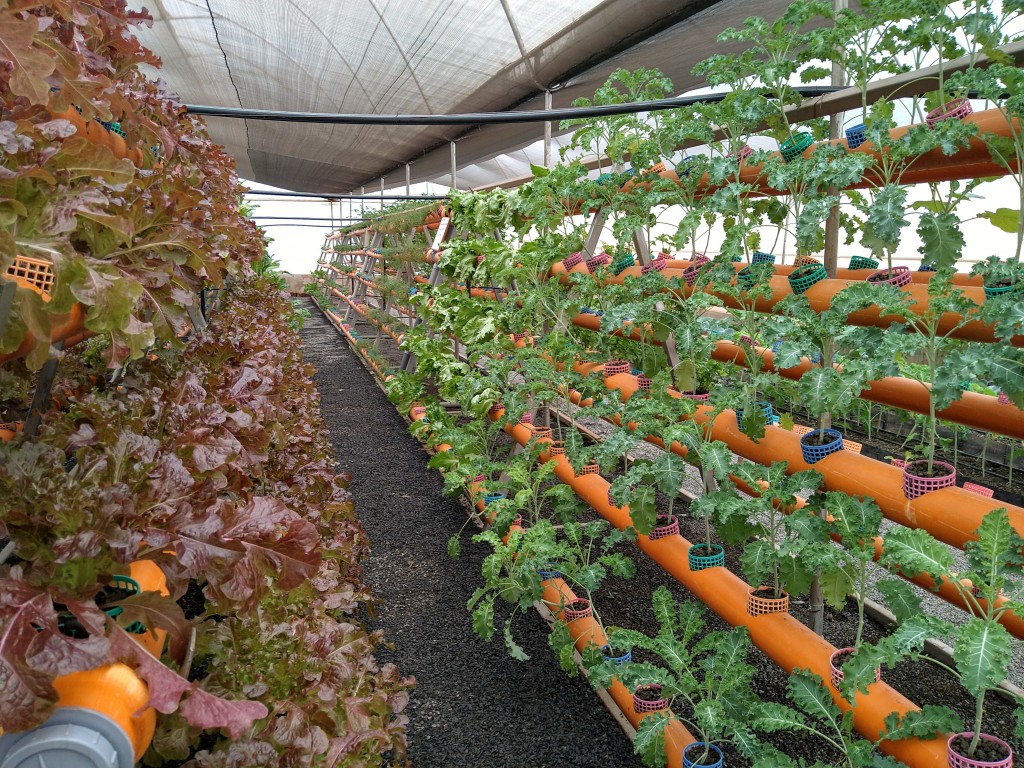
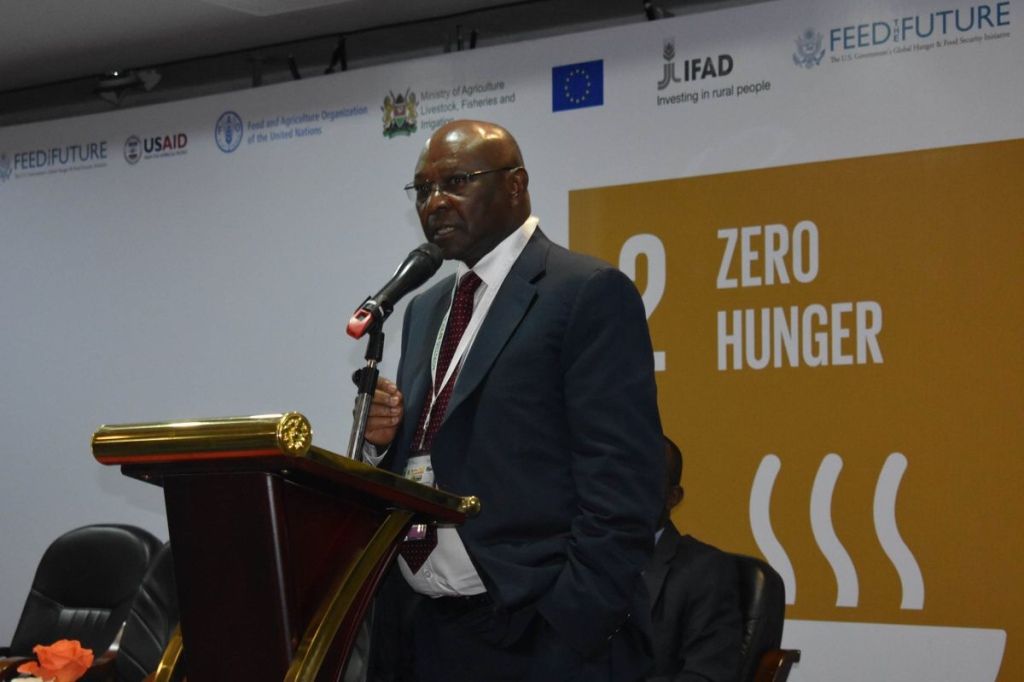
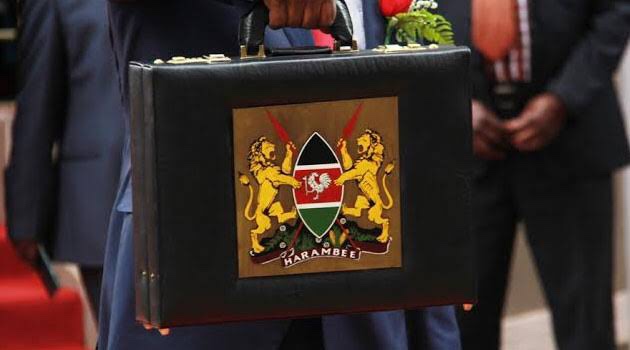
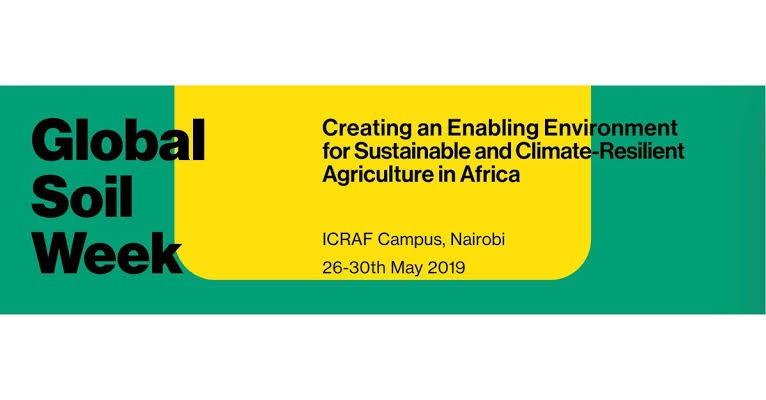
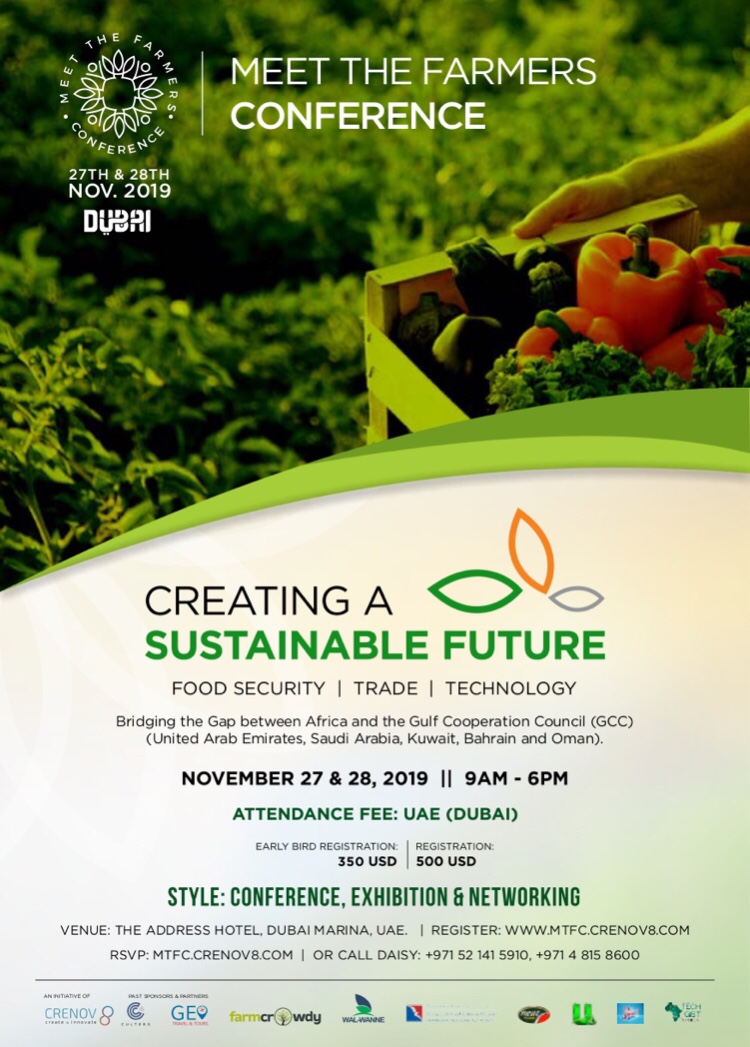
Leave a comment